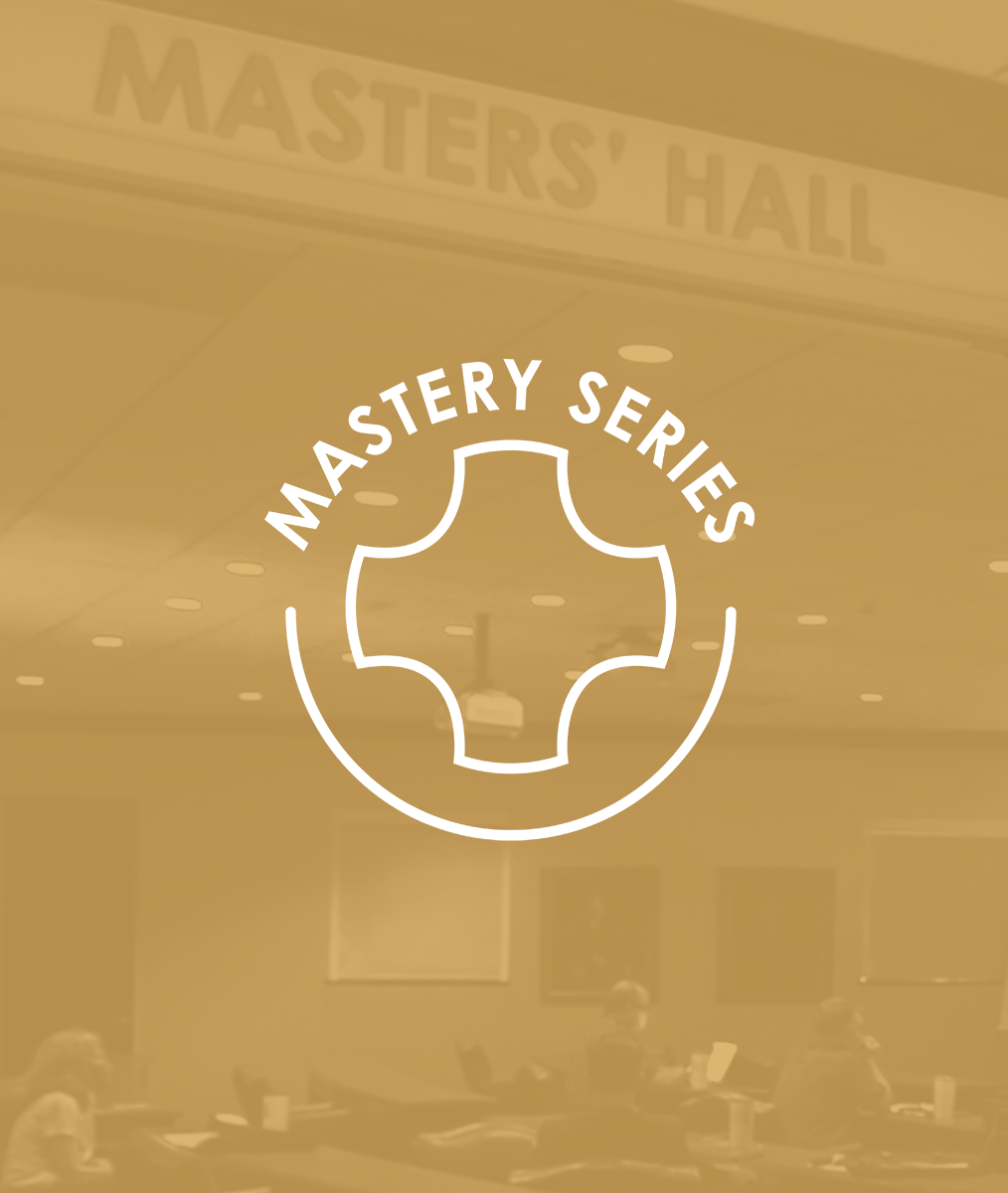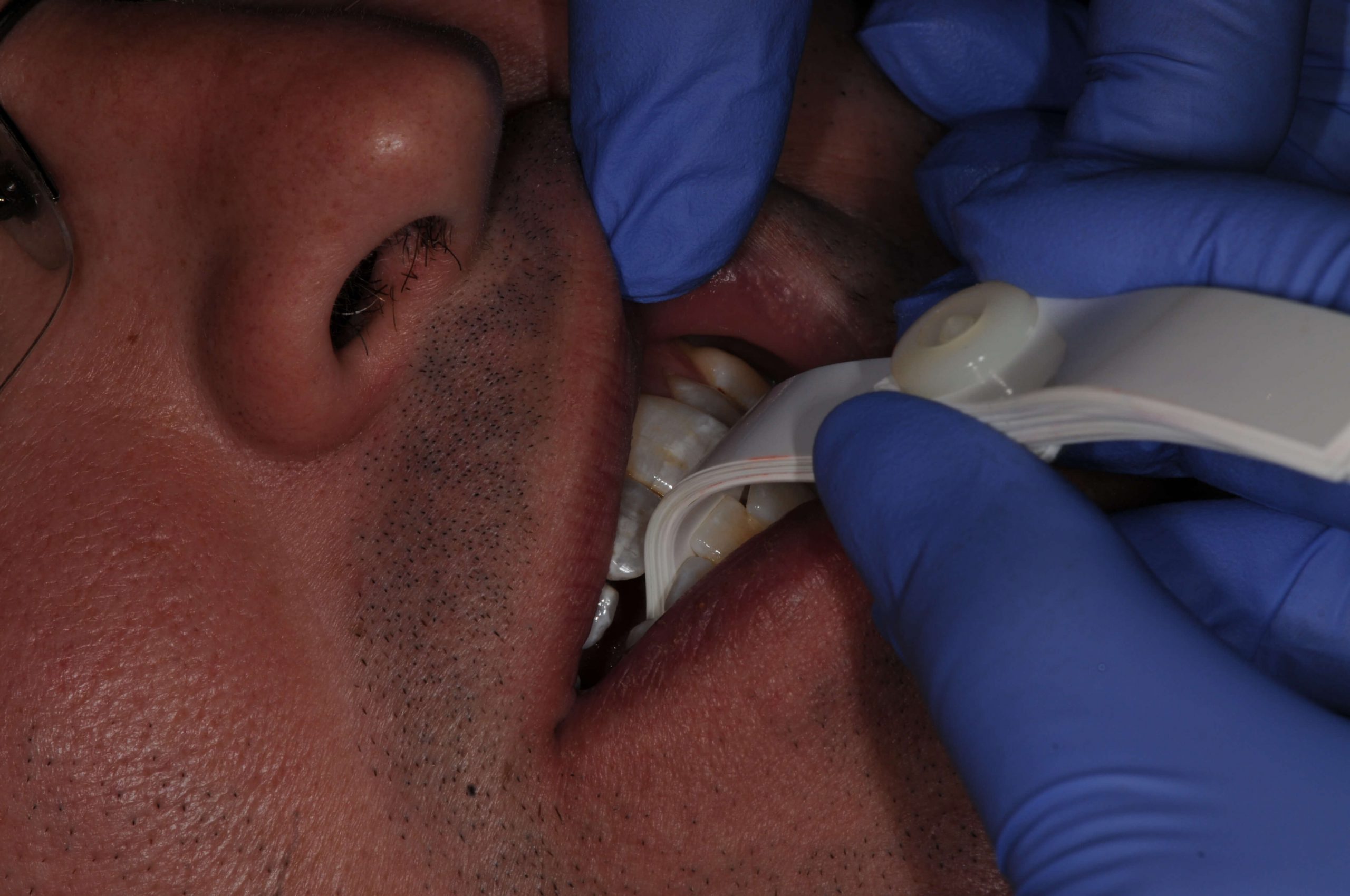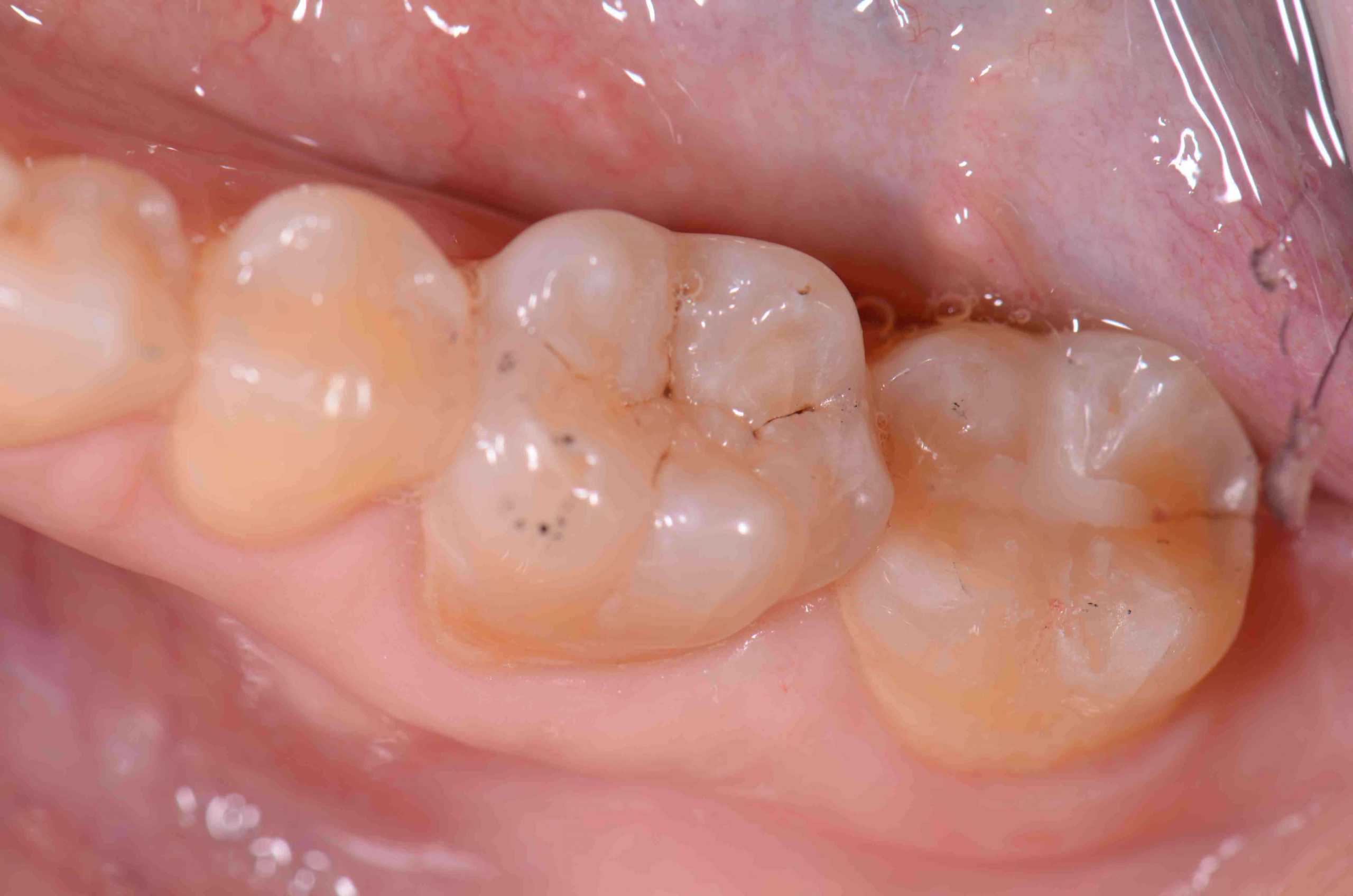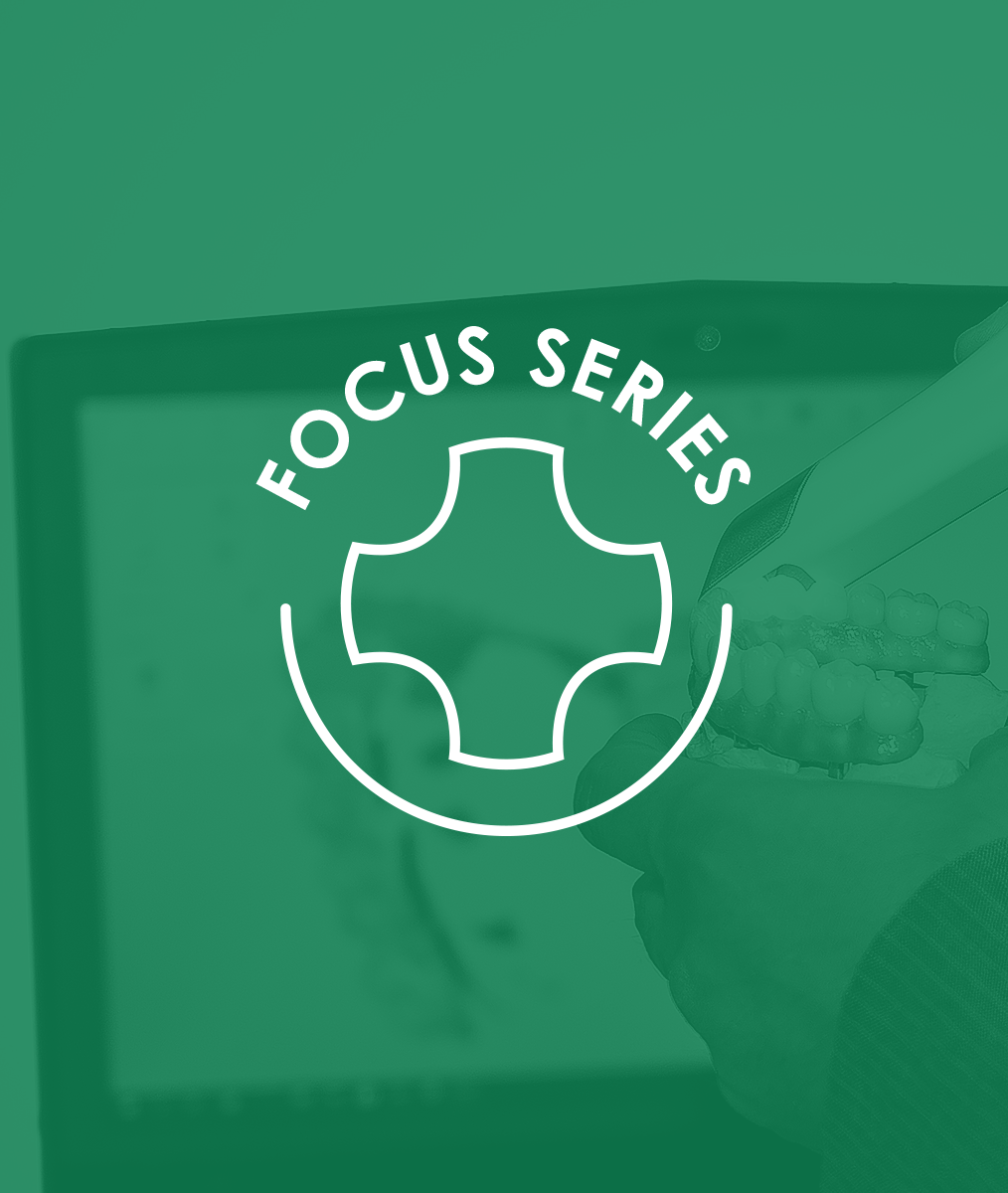Who Tells Your Story?
Lin-Manuel Miranda concludes his iconic musical Hamilton with a piece titled, “Who Lives, Who Dies, Who Tells Your Story.” The song causes the audience to reflect on why certain people in history are remembered, while others are forgotten. It draws them in and includes them in the drama to discover personal meaning through the experience.
L.D. Pankey knew and told his story. Others told it too.
One of my favorite quotes from Peter Drucker is, “The aim of marketing is to know and understand the customer so well the product or service fits him and sells itself… The aim of marketing is to make selling superfluous.” When I first read Drucker, is was a true “a-ha” moment for me; it completely shifted my paradigm about marketing while simultaneously connecting it to L.D. Pankey.
The light came on. L.D. Pankey was one of the greatest marketers in the history of dentistry. And he achieved it by first knowing who he was, and then clearly and consistently communicating it to the world. In other words, he was very good at telling his story, and it was through that narrative that others learned, grew, and our entire profession benefited.
Clarify your story to tell it well.
If we are to thrive in this rapidly-changing marketplace, our own compelling story must be known. Our story must be told by ourselves, by our care team, by our patients, and others. It’s ultimately up to us who will tell our story and what they will say. So, how do we go about telling our story? First, we must clarify our philosophy and vision to the point that they are “in our tissues” … to the point that we can’t NOT talk about them. Put your story out there with enthusiasm. The rest will follow.
Related Course
Masters’ Week
DATE: June 2 2025 @ 8:00 am - June 5 2025 @ 2:00 pmLocation: The Pankey Institute
CE HOURS: 27
Dentist Tuition: $ 8500
Single Occupancy with Ensuite Private Bath (per night): $ 345
Master Your Skills Masters’ Week is a unique learning experience each and every year where we bring together a group of talented speakers to share on a range of topics….
Learn More>
















